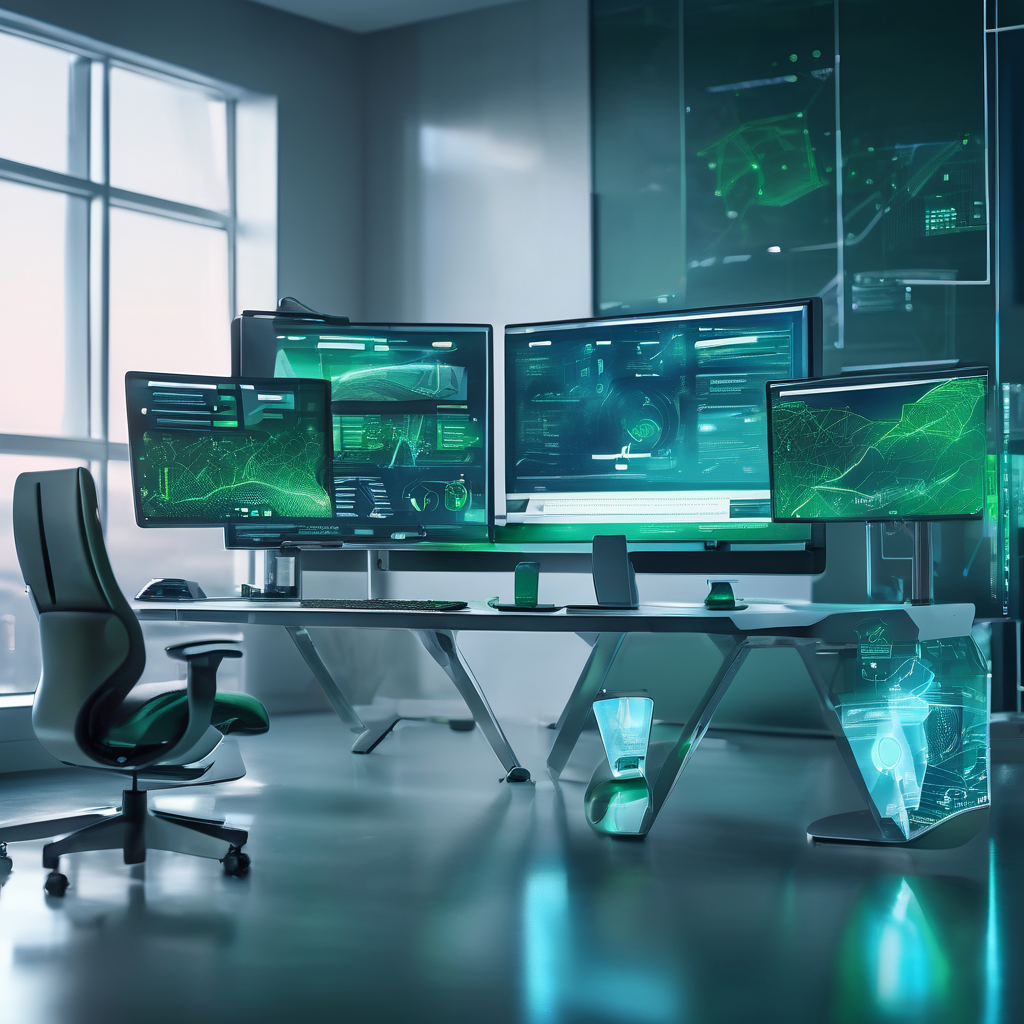
Intelligence is rapidly expanding. It is becoming increasingly difficult to find an enterprise technology vendor that is not currently enhancing its core platform with new strains of generative Artificial Intelligence (gen-AI) and Machine Learning (ML). These advances may also include the incorporation of Deep Learning (DL) and neural network intelligence, allowing users to interact with AI systems using natural language prompts. This trend, alongside the utilization of Large Language Models (LLMs) to create innovative technology trends such as vector databases, is reshaping the landscape of AI development. Another significant trend that is quietly transforming the way we approach AI in this decade is the emergence of edge computing. When referring to the computing edge, we typically mean the relatively smaller computing devices that are part of the Internet of Things (IoT). These devices encompass an extensive range of sensors, cameras, accelerometers, gyroscopic measuring devices, and various other connected devices like airport kiosk check-in computers and Point of Sale devices. Essentially, anything with a web and database connection or the ability to store and process data falls under the umbrella of the IoT. While edge computing and IoT are not entirely synonymous according to language and technology purists, the terms are often used interchangeably in common usage. Diving into the world of edge AI, we encounter an important shift that necessitates close attention. Said Ouissal, the CEO of Zededa, emphasizes that edge devices now possess the capability of incorporating 'local intelligence', enabling our smart city devices to become smarter. Ouissal's insights stem from his experience in managing and orchestrating distributed edge infrastructure and applications through Zededa. As Ouissal explains, there is an increasing focus on AI at the edge. With the advent of widespread connectivity, massive amounts of data are being generated at the edge. However, the current network infrastructure is not optimized for uploading such large volumes of data to the cloud. Additionally, challenges related to cost, latency, security, and privacy make it necessary to shift AI resources to the data rather than the other way around. Zededa's customers deploy AI at the edge in different ways.
Some organizations utilize smart sensors that have integrated compute resources, allowing them to perform varying degrees of analysis autonomously. Others use base sensors that solely collect and output raw data, which then requires external analysis. Both sensor approaches have their own advantages and disadvantages in terms of cost, efficiency, scalability, and flexibility. However, in edge environments, the deployment of an edge computing infrastructure to address location-specific challenges becomes crucial. Implementing edge AI entails addressing not only the challenges posed by the sensors themselves but also the disconnect between Information Technology (IT) and Operational Technology (OT) skill sets. Field operations experts and AI model developers have different priorities and expertise, requiring collaboration to effectively implement AI at the edge. Ouissal further emphasizes that successful deployment of edge AI requires overcoming various technological challenges. To manage the complexity of implementing AI/ML in real-world scenarios with varying conditions, a consistent delivery mechanism for AI tools, models, and edge compute infrastructure is crucial. While many edge AI projects are currently in lab or limited field trial stages, organizations planning full production deployments must establish an orchestration foundation that can address diverse challenges at the edge, including security, resource constraints, and field performance monitoring. Zededa has witnessed successful deployments across distributed environments, including retail stores, solar farms, and manufacturing facilities. Some customers utilize base sensors that transmit data to Zededa-powered edge nodes or embed Zededa software within the sensor itself. For example, an oilfield services operator implemented a global well site automation project that enables real-time analysis of factors affecting well structural integrity. This automation has dramatically reduced the time required for data analysis and eliminated the need for physical site visits, thus enhancing human safety. As we strive to connect more AI at the IoT edge to corporate networks, which can significantly impact our work and home lives, scalability, security, identity, and device robustness become crucial considerations. Additionally, AI integration, automation, and orchestration are essential to leveraging the full potential of these increasingly sophisticated edge devices. In conclusion, AI is making significant advancements at the edge, positively transforming various industries.
None


When Honest Businesses Meet the Dark Side of Search Sarah, an artisanal baker, launches Sarah’s Sourdough and improves her SEO by creating a quality website, sharing genuine baking content, writing blog posts, earning local backlinks, and telling her story ethically

NVIDIA's Market Value Climbs Amid AI Surge and Rising Demand for High-Speed Copper Cable Connectivity NVIDIA, a worldwide leader in graphics processing units (GPUs) and artificial intelligence (AI) technology, has seen its market value soar to unprecedented levels

The October 8, 2025 edition of the Axios AI+ newsletter presents an in-depth overview of the increasingly complex network connecting key players in the artificial intelligence industry.

Hurricane Melissa Has Meteorologists Alarmed The storm, expected to make landfall in Jamaica on Tuesday, has shocked meteorologists with both its strength and the rapidity of its development

In the fast-changing landscape of digital marketing, advertisers are increasingly leveraging artificial intelligence (AI) to boost campaign effectiveness, with AI-powered video personalization emerging as one of the most promising innovations.

Cigna anticipates that its pharmacy benefit manager, Express Scripts, will generate lower profit margins for the next two years as it moves away from relying on drug rebates.

A video is circulating on social media that appears to show European Commission President Ursula von der Leyen, France's former President Nicolas Sarkozy, and other Western leaders admitting to damaging accusations linked to their periods in power.
Launch your AI-powered team to automate Marketing, Sales & Growth

and get clients on autopilot — from social media and search engines. No ads needed
Begin getting your first leads today